I’m Allergic To Yellowjackets and Here’s How I Safely Battled Them In My Backyard, Plus Tips to Keep You Safe
Yellowjackets can be extremely dangerous to humans, especially for those people who are allergic to yellowjacket stings. Learn how to safely eliminate them.

Kathleen Walters
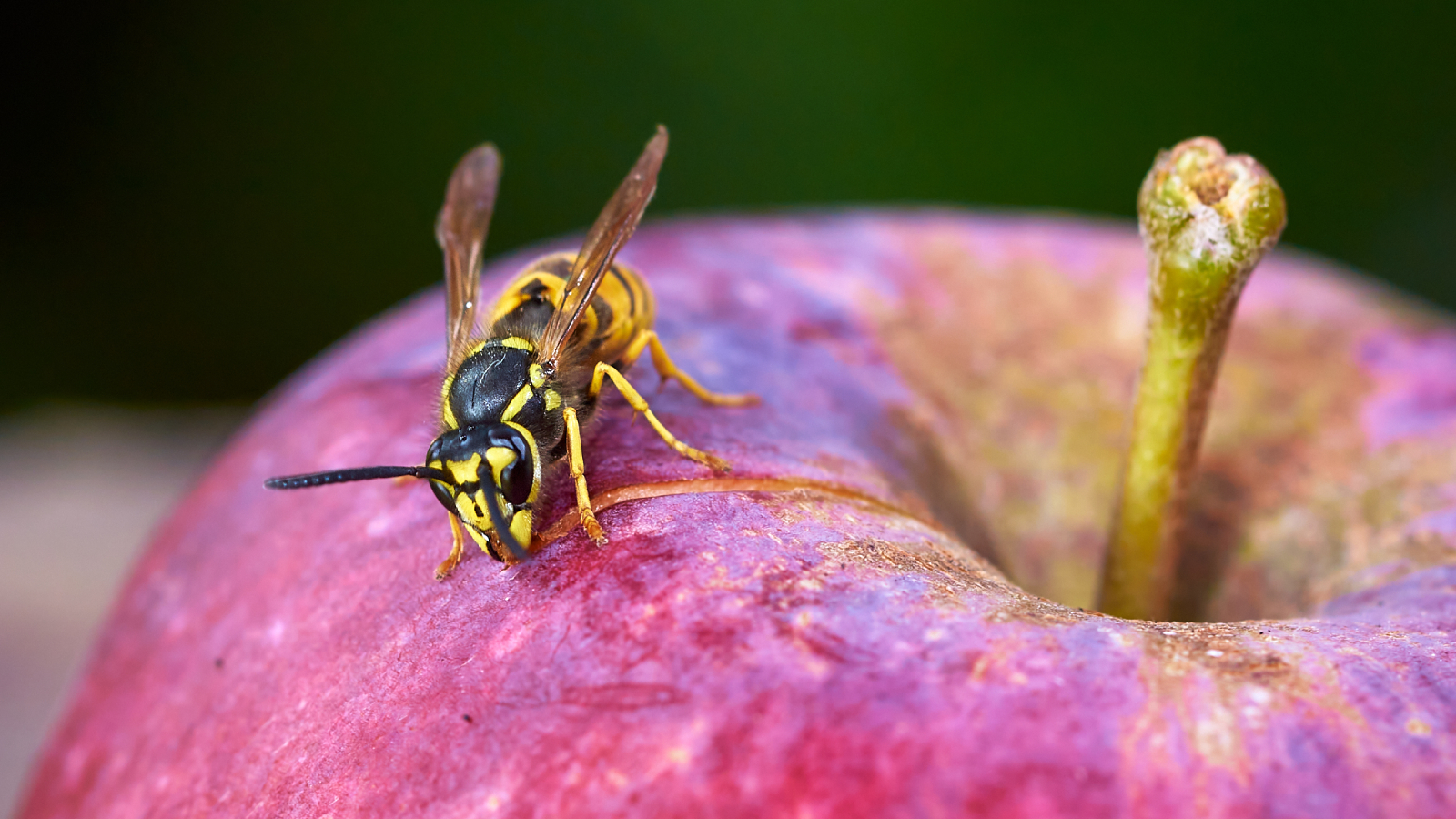
Yellowjackets are native wasps that are important to our ecosystem. They eat insects like caterpillars that can devastate your plantings and they help dispose of animal carcasses in nature. But they can be dangerous to humans if they become agitated.
In late summer and early fall, yellowjackets begin to ramp up their scavenging of sweet foods which is why they can become problem pests at picnics and outdoor gatherings. If they become agitated by humans swatting at them, they will sting. Yellowjackets are able to sting multiple times unlike bees, and their sting can cause anaphylaxis and death in people who are allergic to them. It is important to know how to safely manage yellowjackets if they are near where humans gather.
One of our gardening experts, Bonnie, is one of those unlucky few who are allergic to yellowjacket stings. Here, she shares her battle with yellowjackets in her yard and how she finally won.
How I Safely Conquered Dangerous Yellowjackets
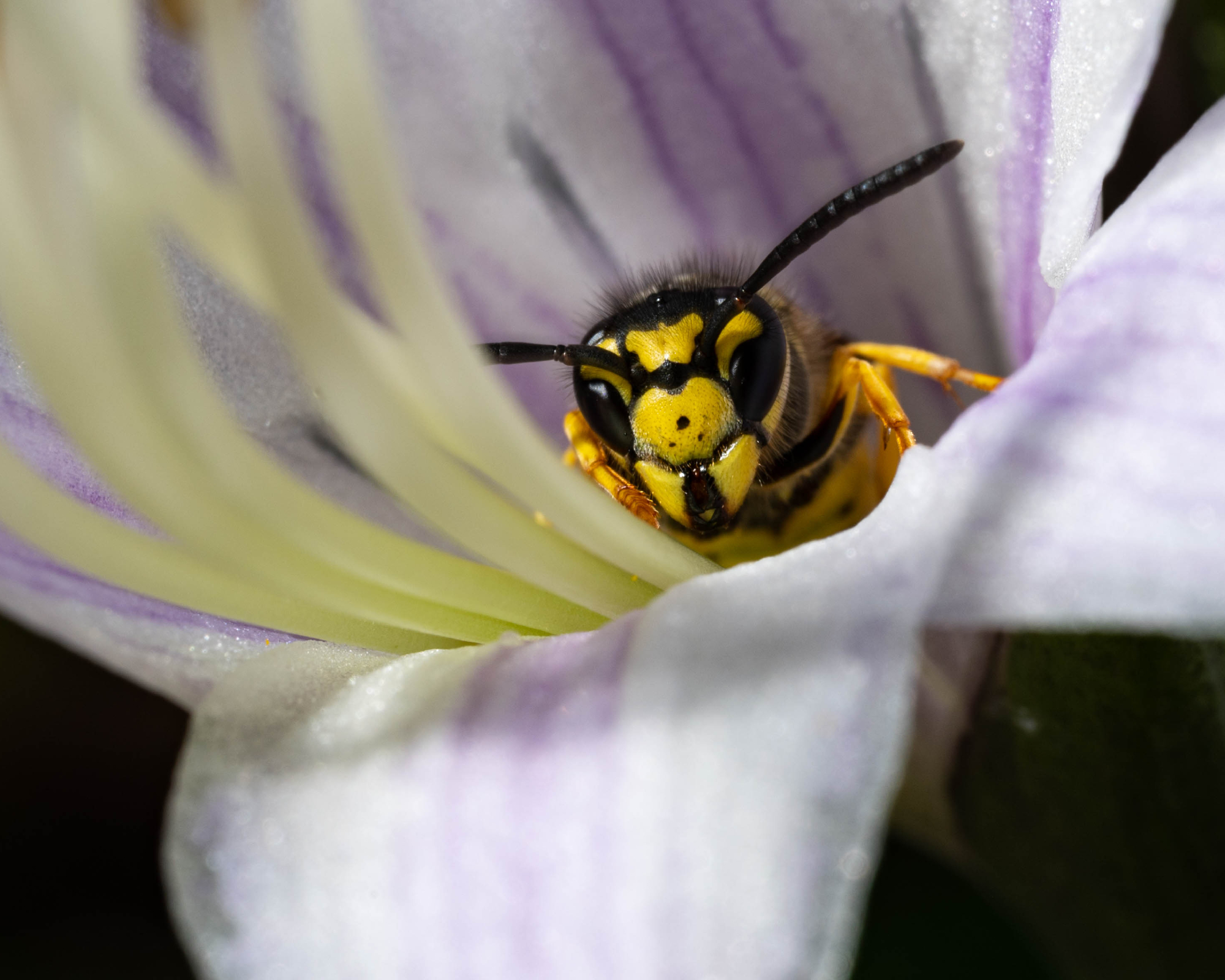
There are few things I am more afraid of than yellowjackets. When I see one I turn into a 6-year-old little girl and run screaming. I’m well aware you aren’t supposed to do that but if I get stung, bad things happen to me. So back to childhood I go. One might think it’s easy to avoid encounters with yellowjackets, but it's not. I was once at our local produce stand and gathering my veggies. A yellowjacket came out of nowhere and stung me on my elbow. Unprovoked. I did nothing to him. In the insect world, I consider yellowjackets to be certifiably unhinged.
Imagine my horror when I discovered I had a monstrous nest in the rocks in my new home. One day, I went out to hook up the drip irrigation line and saw a frenzied mob of yellowjackets all over the rocks covering the path to the hose. In fact, it wasn’t just yellowjackets. I also spied dangly legged wasps, and many other bee-type things.
I didn’t stand around to figure out why I had such a plethora of buzzing insects. I just knew I needed to take action, and fast.
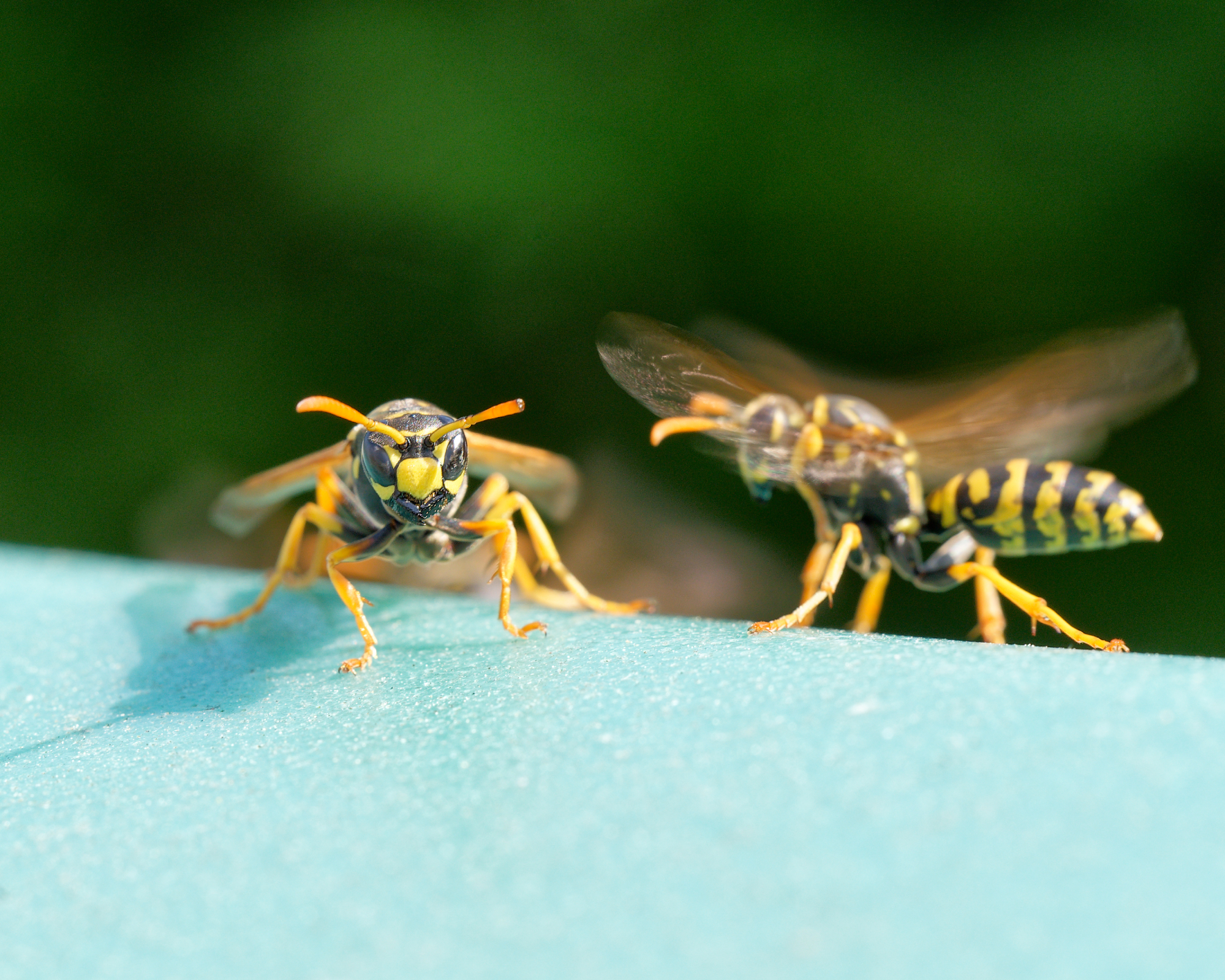
I had yellowjacket spray, but it isn’t particularly safe for humans or pets, so I tried making a DIY yellowjacket trap. It did immediately attract some of the late afternoon stragglers.
Sign up for the Gardening Know How newsletter today and receive a free copy of our e-book "How to Grow Delicious Tomatoes".
I checked my trap the next morning and it had trapped a fair number of insects but as the sun was warming up the area, the yellowjackets appeared to be worse than ever. I set out to Home Depot and purchased commercial yellowjacket, wasp, and hornet traps, spray foam, and other supplies. When I got back I changed into clothing more appropriate for an Arctic exploration and spray foamed around the rock area.
Later in the evening, I went out and saw yellowjacket bodies littering my yard, but the activity in the area was still tremendous. Apparently for the foam to work, you need to find the whole nest. Well, I wasn’t going to stick my nose close enough to find the extent of the nest.
I truly didn’t know what to do now. I’d sprayed, foamed, baited, trapped, all to no avail. I couldn’t even go out there to weed or do any yard maintenance. I couldn't sit on the deck. I just plain couldn’t be outdoors. So I called an exterminator.
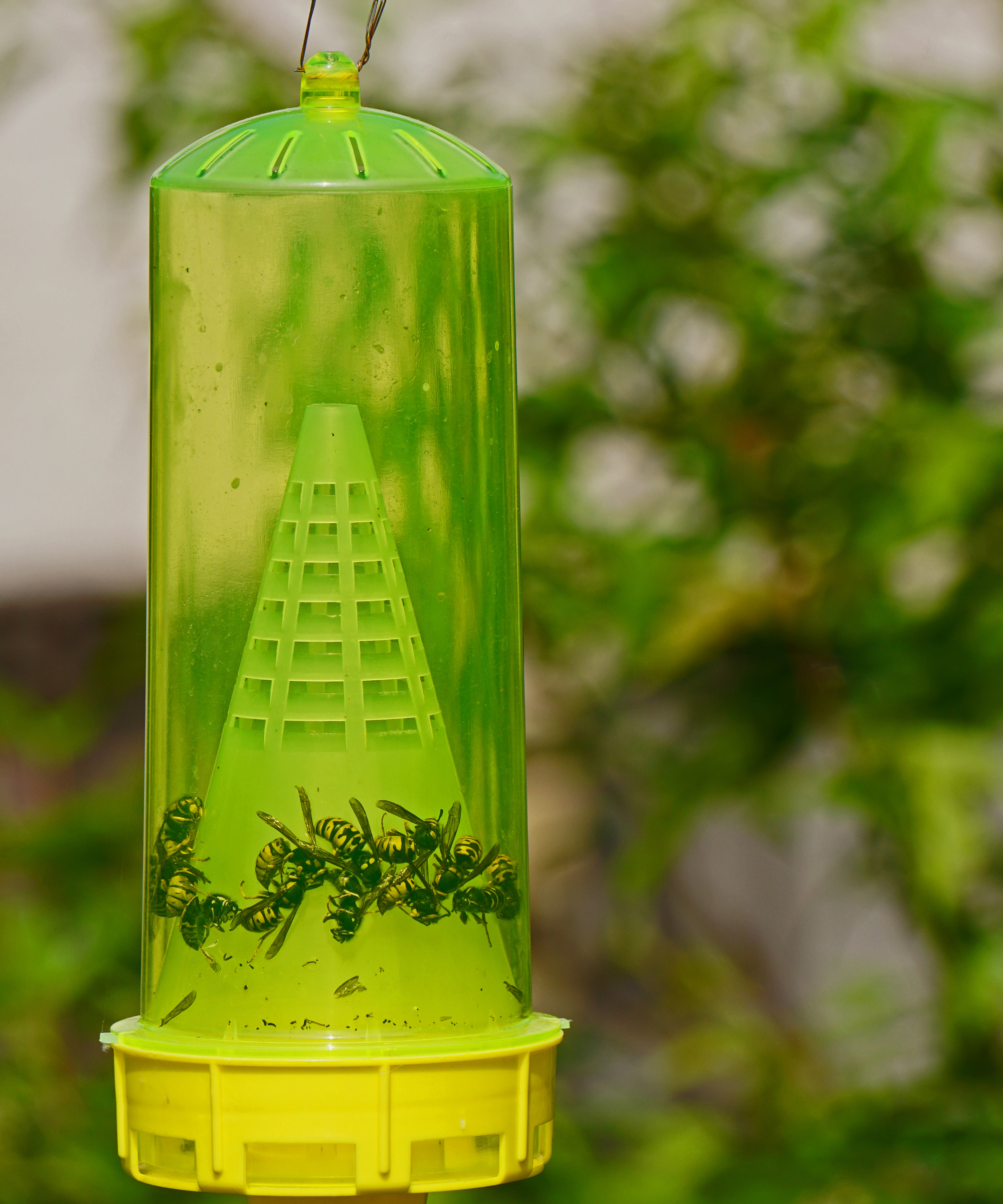
This exterminator was very thorough and, when he was done, there was a sea of yellow all over the rocks. A year later and I still see many of the bodies out in that area. This year I am getting ahead of the situation. I set up yellowjacket traps early and replace the bait frequently. I also needed to address the root causes of the yellowjacket problem.
The large poplar tree in my front yard was infested with aphids. Aphids secrete honeydew that dripped on the rocks in my yard and yellowjackets, other wasps, and hornets are attracted to honeydew. This is why the area was always swarming with various types of stinging beasties and why one smart little queen made a nest in the site. In March, I applied a systemic insecticide that kills aphids to my poplar tree.
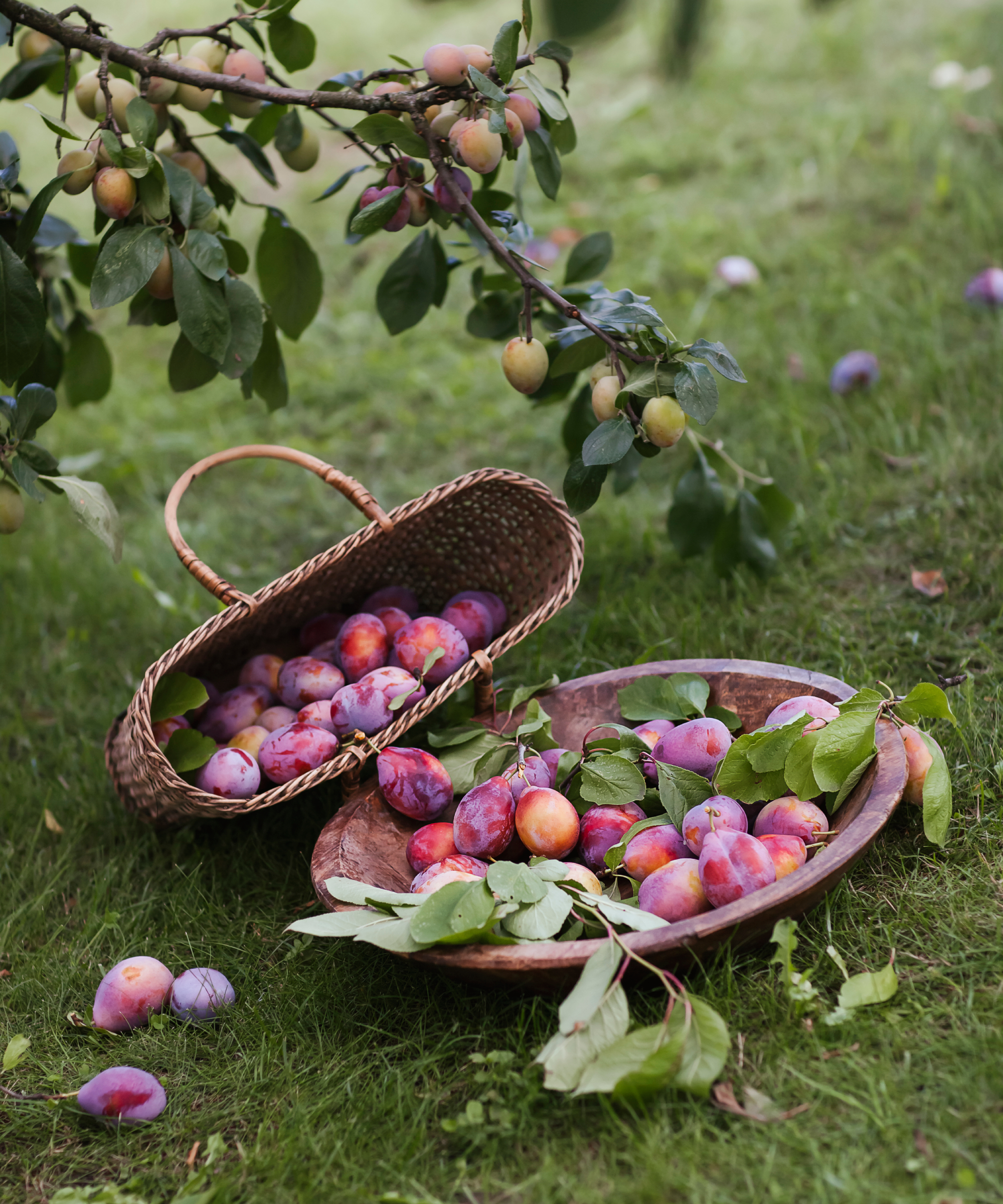
The yellowjackets are also attracted to my neighbor’s plum trees, which are within spitting distance of my deck. He doesn’t harvest the fruit so, in the late summer, that area is rife with snacking yellowjackets attracted to the sweet scent of rotting fruit. And his plums are prolific, so the smorgasbord brings in all sorts of critters.
It is time to go have a neighborly chat and see if the plum problem can be mitigated. Maybe he’ll even let me harvest the plums so I can try out a new jam recipe and make full use of the 'Jam Girl Summer' trend.
Yellowjacket Safety
- Never swat yellowjackets - they release pheromones that attract other yellowjackets to join in the attack
- Never try to drown the nest
- Place traps away from where humans gather
- Never use fire to burn the nest - this is dangerous and illegal in some areas
- If you are allergic to yellowjackets, call a professional pest control service to eliminate the nest for you
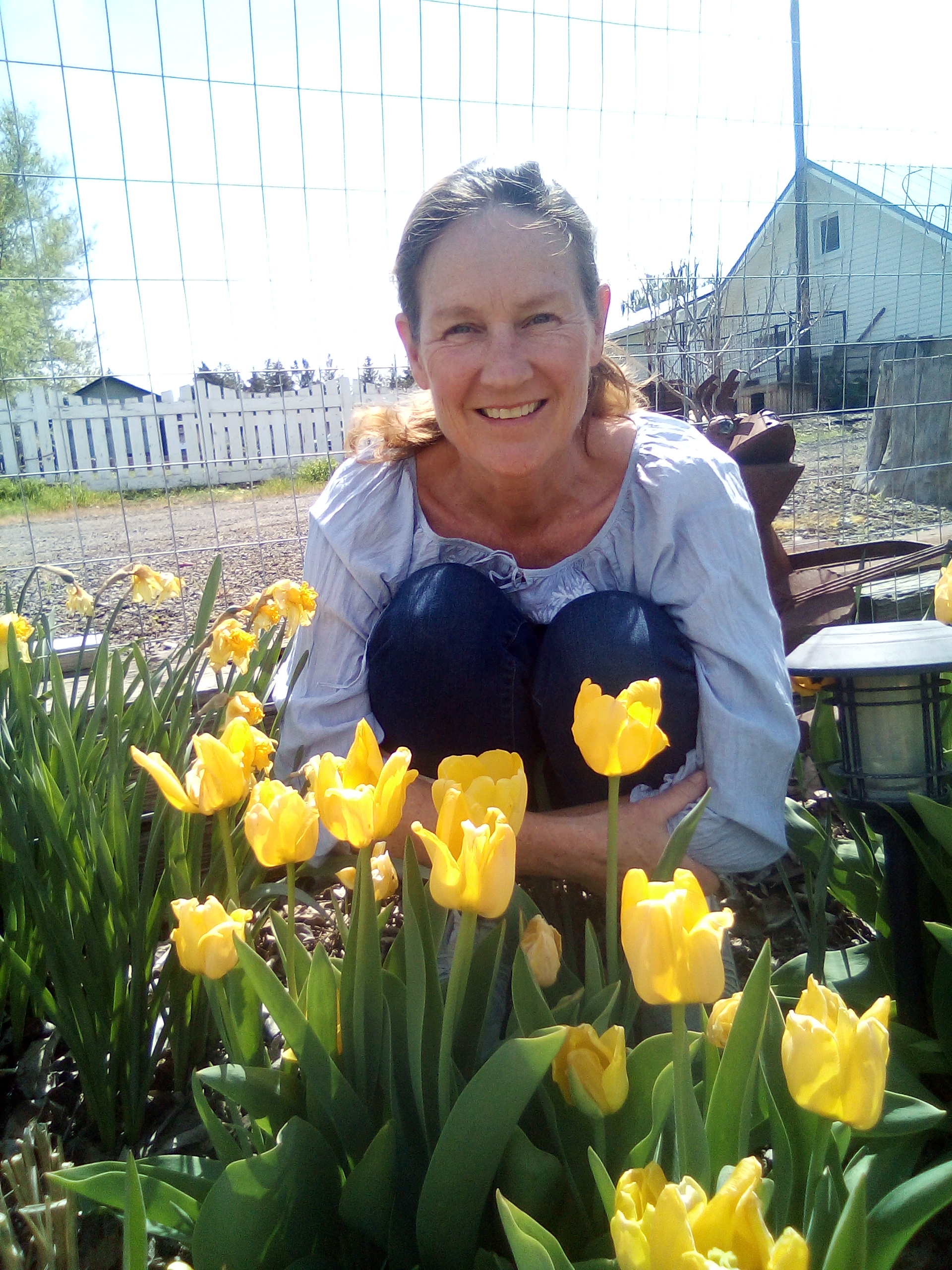
Bonnie Grant is a professional landscaper with a Certification in Urban Gardening. She has been gardening and writing for 15 years. A former professional chef, she has a passion for edible landscaping.
- Kathleen WaltersContent Editor